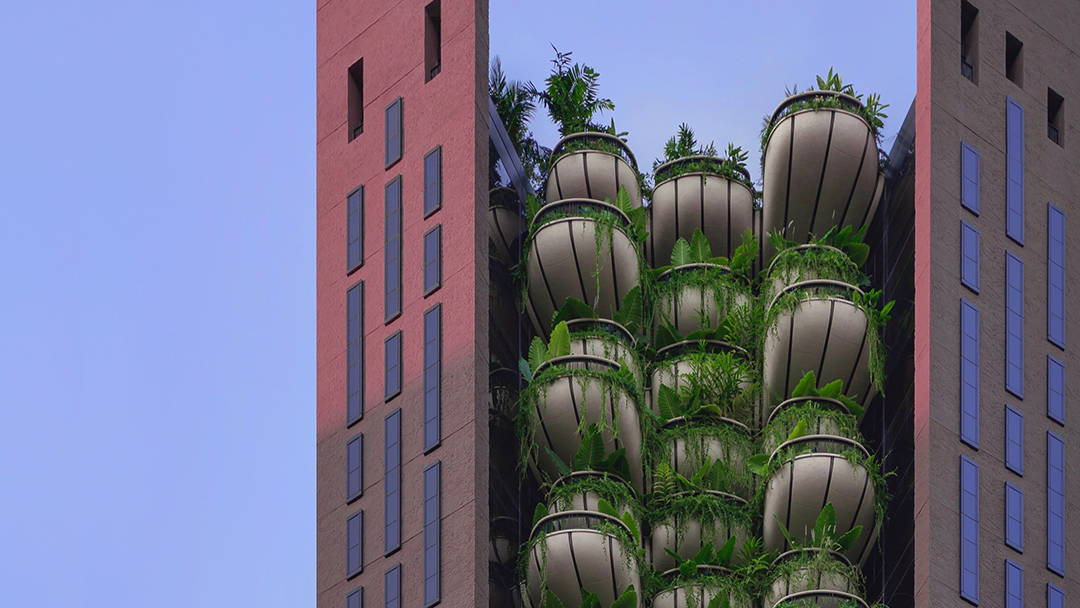
Petite Gardens
Creating an urban oasis
By Greer Krige
The rise in popularity of the indoor garden following Covid related lockdown and the emergence of biophilic design have been well documented. Another area that's seen rapid growth in greening is the creation of the urban garden. An expansive garden with manicured green lawn isn’t for everyone, so enter the rise of the smaller scale garden.
These are easier to manage and maintain – perfect for those pressed for space and time. These can be on balconies, rooftops and atriums. Not everyone has green fingers, but it's worth giving gardening a try, especially as plants are well known to purify the air, instil a sense of calm, and create an inner-city oasis.
Here are some design tips for these small spaces to maximise their potential:
1. Decide on the purpose of the garden space
What is the purpose? Is it functional - to grow your own veggies and herbs - to grow your own organic sustenance? It's gratifying to prepare a meal using homegrown produce! Or is it more aesthetic in purpose to beautify a space through flowering plants and greenery?
2. Sun
Consider what amount of sun the space receives, as this will determine the best choice of plants for the space.
Full sun (6 plus hours per day).
Most veggies and herbs love sun 8-10 hours.
Semi shade or shade.
3. Plant selection
Aim for the optimal mix of "thriller, spiller and filler."
Thrillers being the focal plants in the selection - upright and striking.
Spillers - those that trial and spillover.
Fillers - that fill up the gaps and spaces in between, creating a lush foliage rich combination.
Perennials are great as they offer multiple seasons of interest with attractive leaves, but annuals provide exciting pops with seasonal flowers. A combination of both and selection with a variety of textures creates interest.
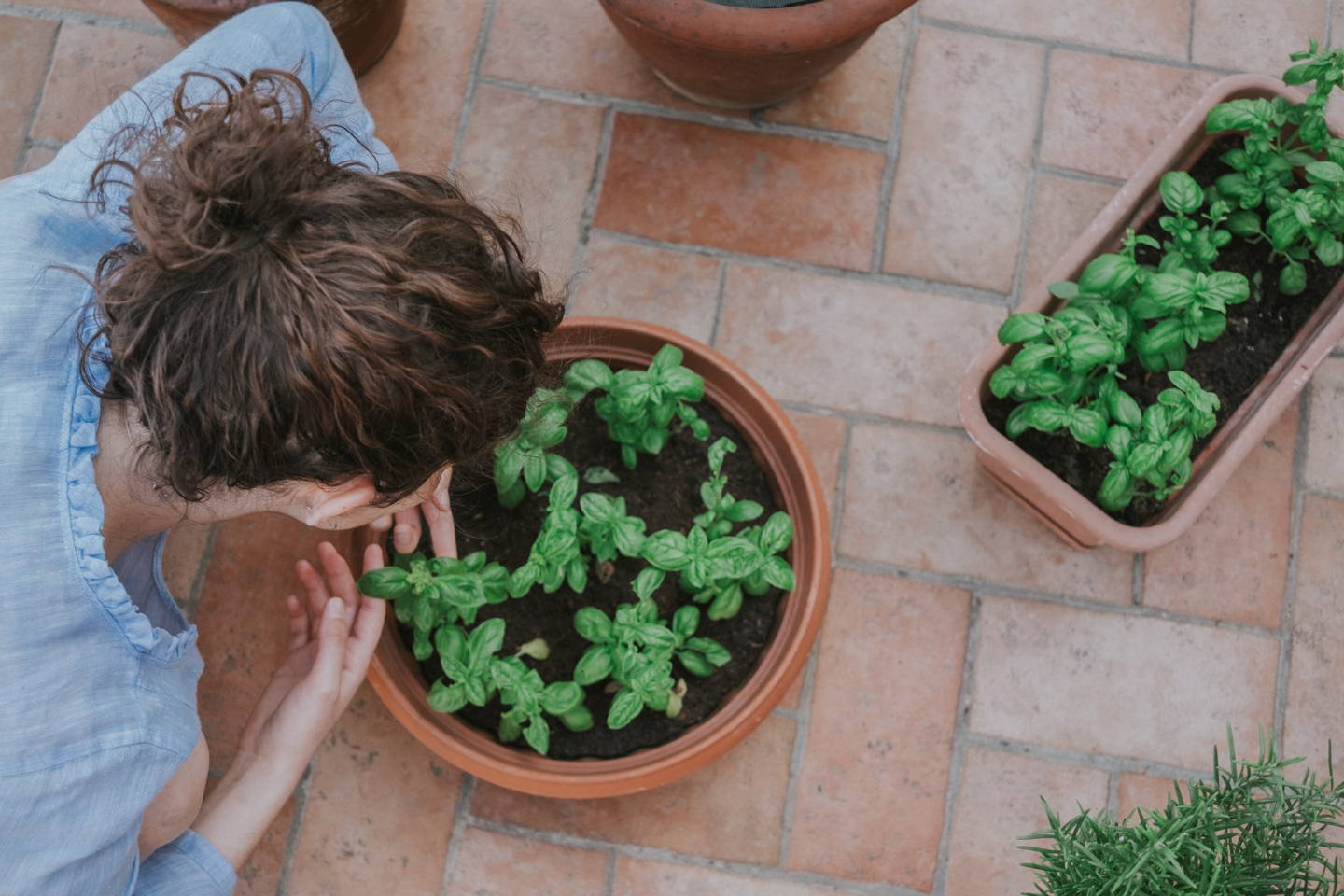
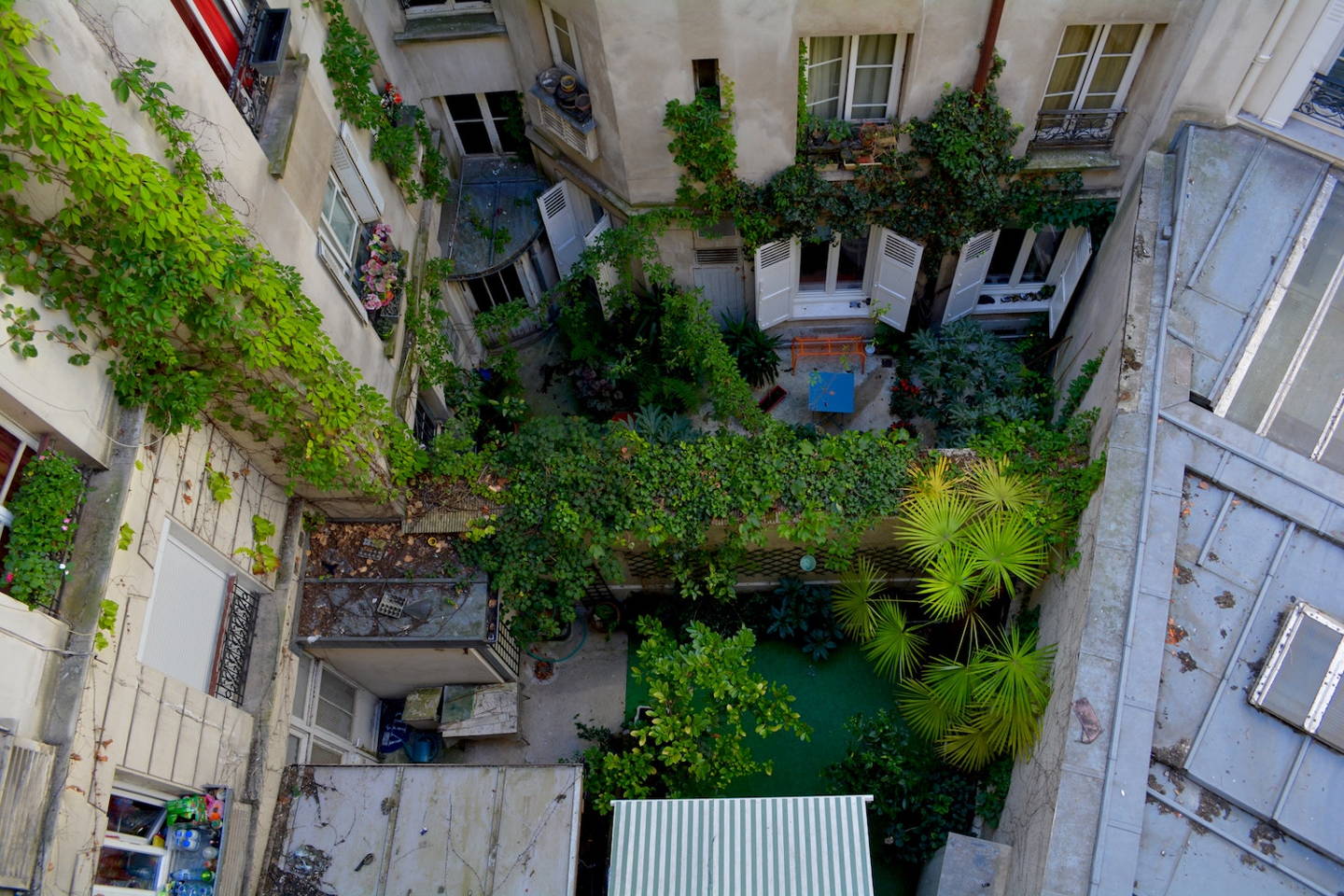
4. Format
Container gardens: These can be potted plants, such as various terracotta pots, wooden planter boxes, and other containers. Create interest by using a variety of heights or shapes but in the same finish so that there is cohesion and flow.
Vertical gardens are perfect for maximising space. There are many versions and variations of this. Some are ideal for creating a living wall - literally a wall of rich, leafy foliage. Others use elements like upcycled picture frames, palettes and tins, pots attached to chicken wire.
String gardens - suspended moss balls- spray /weekly soak. These are low maintenance and striking.
Do you need to create privacy? Install a vertical trellis- climbing plants and creepers- to provide a visual screen and add natural beauty.
5. Decide on a style
Clean lines bring an orderly feel to the garden, while flowing organic curves can be used to soften awkward angles and visually soften a space.
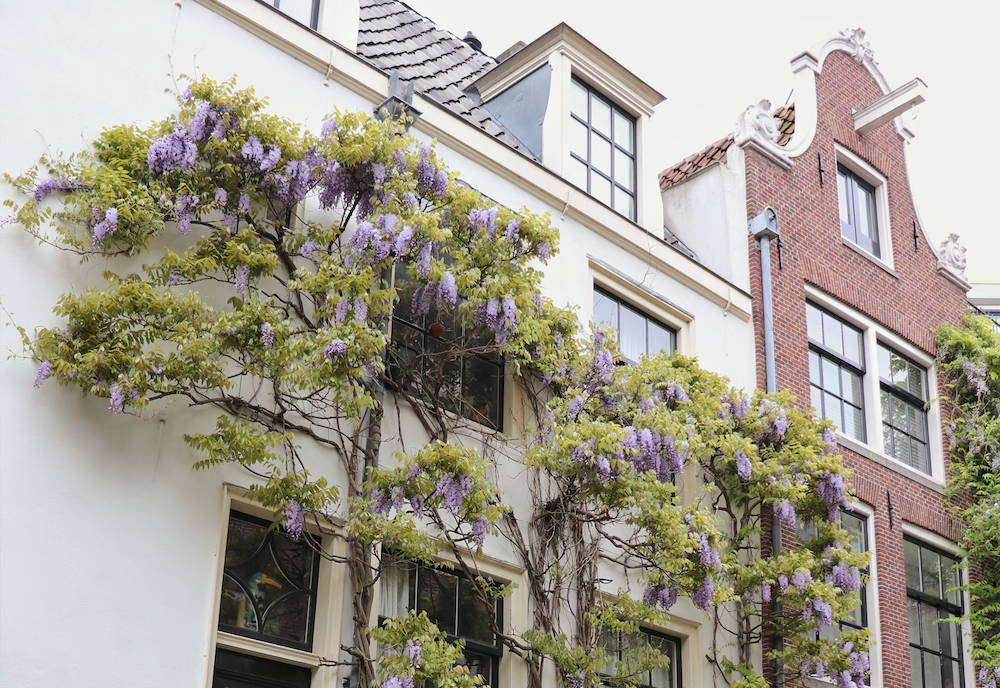
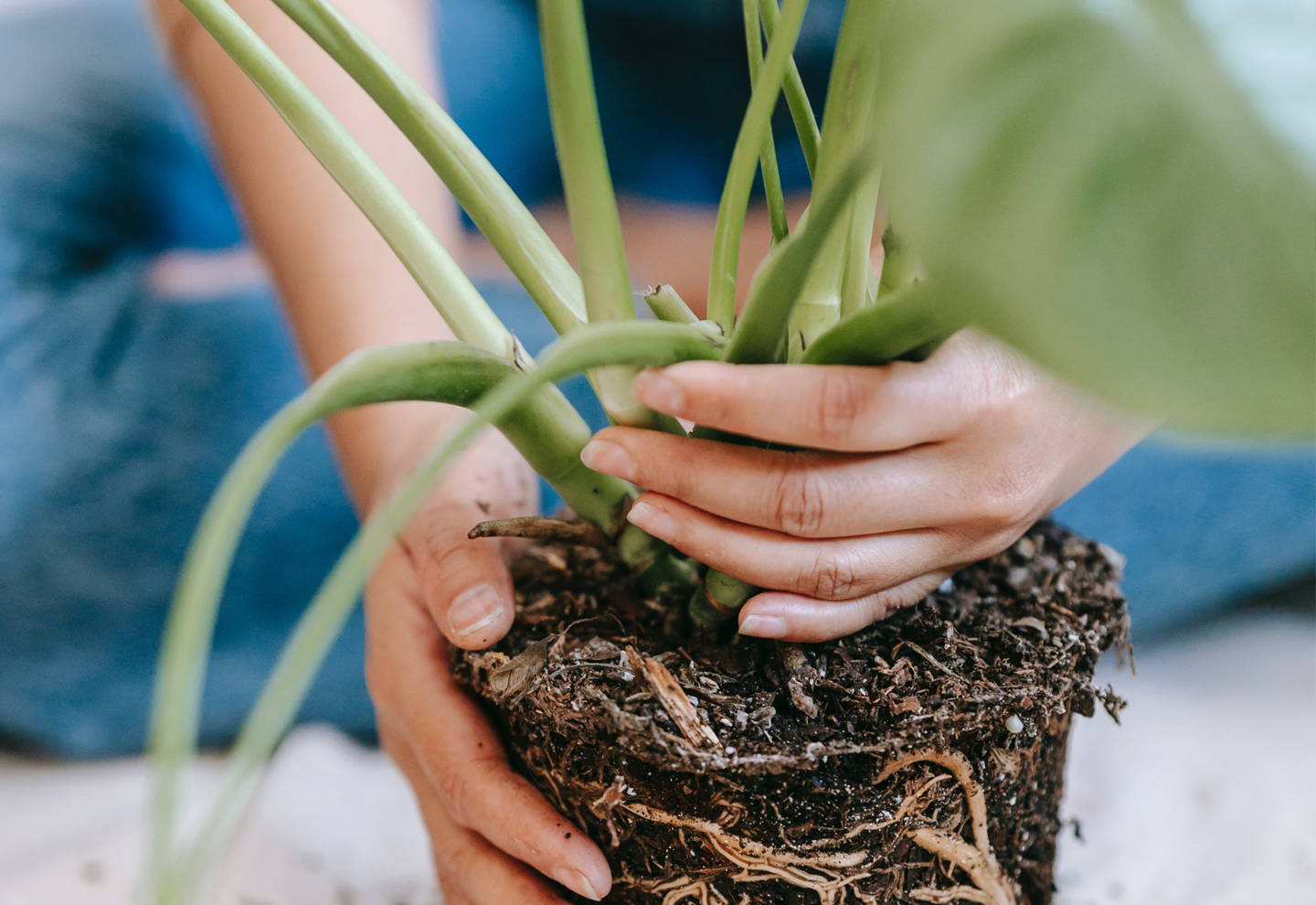
6. Keep the colour palette simple
Two or three colours in varying shades, together with green, will be less visually overpowering than a multi-coloured array in a small space. Pink and purple or white and yellow are popular options.
7. Enhance soil composition
So often, container gardens look amazing for a period but then take a downturn - this is usually because the quality of soil is affected - and becomes nutrient depleted. So it is vital to keep it replenished and feed with fertiliser on a regular basis. A great way to create your own organic compost is a Bokashi composter - Bokashi is a Japanese word meaning "fermented organic matter." Bokashi composting is an anaerobic (meaning without oxygen) process that uses inoculated bran to ferment kitchen scraps and waste, including meat and dairy, into a safe soil builder and nutrient-rich tea for your plants.
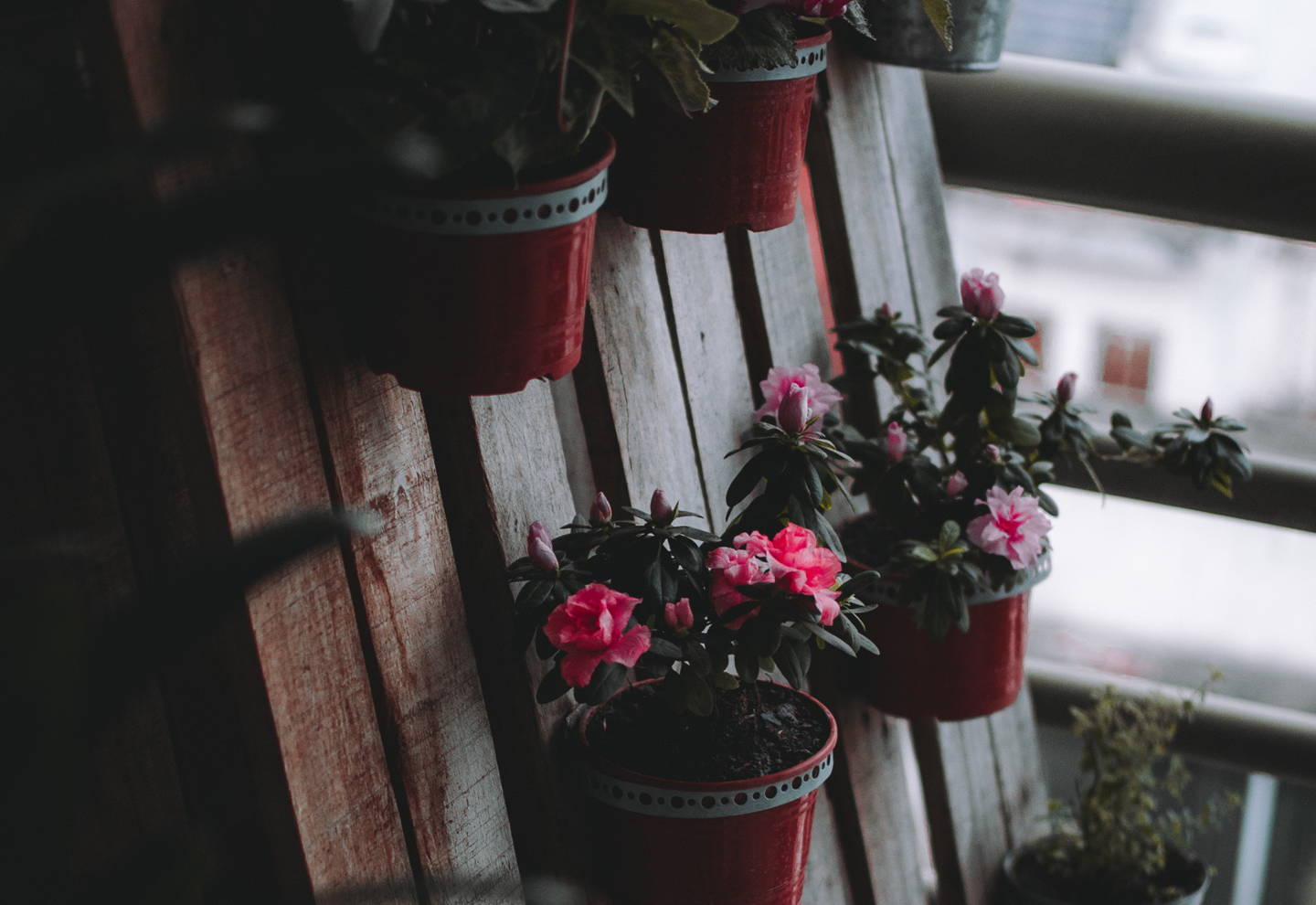
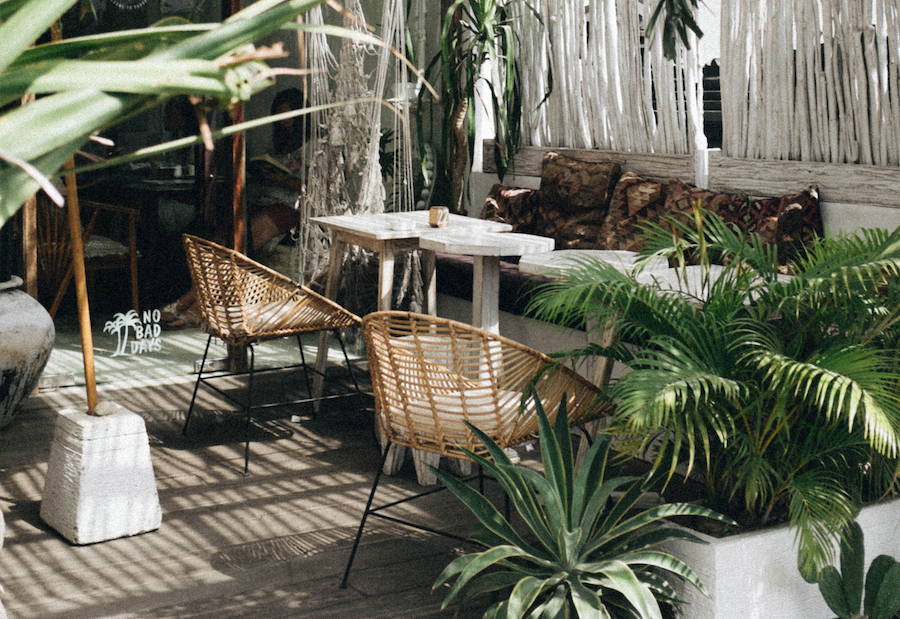
8. Choose outdoor furniture with care
Select design profiles that complement the plant choices. Decide whether a chunkier wooden look, a sleeker slimline aluminium look or a more classic wrought iron look works best in the space.
9. Consider adding a water feature
These are a popular choice for bringing ambience and also help to create a pleasant white noise in the background. A simple recirculating wall fountain could work beautifully.
10. Outdoor lighting
Can create drama and ambience, with accent lights for features. Solar-powered lights that can be tucked into plant posts, fairy lights wrapped prettily along balustrades, and plant trunks to strings of lantern light fittings are some of many options.
So no matter the size of the space, there is a green solution to suit it.










